Are you ready for an exciting journey with your new puppy? Dachshund puppy potty training may seem overwhelming, but fear not! By arming yourself with the basics, you and your furry friend can tackle this challenge head-on and create a clean and enjoyable living space together. With the right approach and foundation of knowledge, you can conquer potty training and set yourself up for a harmonious journey with your adorable pup.
Let’s dive into the essentials and get ready for a thrilling and successful potty-training experience!
Age-appropriate expectations
When it comes to potty training your Dachshund puppy, it’s important to set realistic expectations based on their age. Understanding the developmental stages your puppy goes through will help you tailor your training approach and anticipate their progress. Here’s a breakdown of age-appropriate expectations for Dachshund puppy potty training:
Newborn to 8 Weeks
During the first few weeks of life, Dachshund puppies rely on their mother for all their needs, including eliminating waste. At this stage, they are not yet physically capable of controlling their bladder and bowel movements. Your role during this time is to provide a clean and comfortable environment for the mother and puppies.
8 to 12 Weeks
As Dachshund puppies reach 8 weeks of age, they begin to develop more control over their bodily functions. However, their bladder capacity is still quite small, and they may need to eliminate as frequently as every 1-2 hours. Accidents are common during this stage, so patience and consistent training are crucial.
12 to 16 Weeks
By this stage, Dachshund puppies are gaining better bladder control and can start to hold their urine for slightly longer periods. However, accidents may still occur, especially if they are not taken outside regularly. Establishing a consistent routine and providing frequent opportunities for potty breaks will help reinforce good habits.
4 to 6 Months
Around this age, Dachshund puppies typically have increased bladder capacity and can hold their urine for longer periods, especially during rest or sleep. They may be able to sleep through the night without needing a bathroom break. However, it’s important to continue reinforcing good potty habits and providing regular opportunities for outdoor elimination.
6 Months and Older
By the time Dachshund puppies reach 6 months of age, they should have significantly improved bladder control and be able to hold their urine for several hours. Accidents should be minimal if they have been consistently trained and provided with regular potty breaks. However, ongoing reinforcement and occasional reminders may still be necessary.
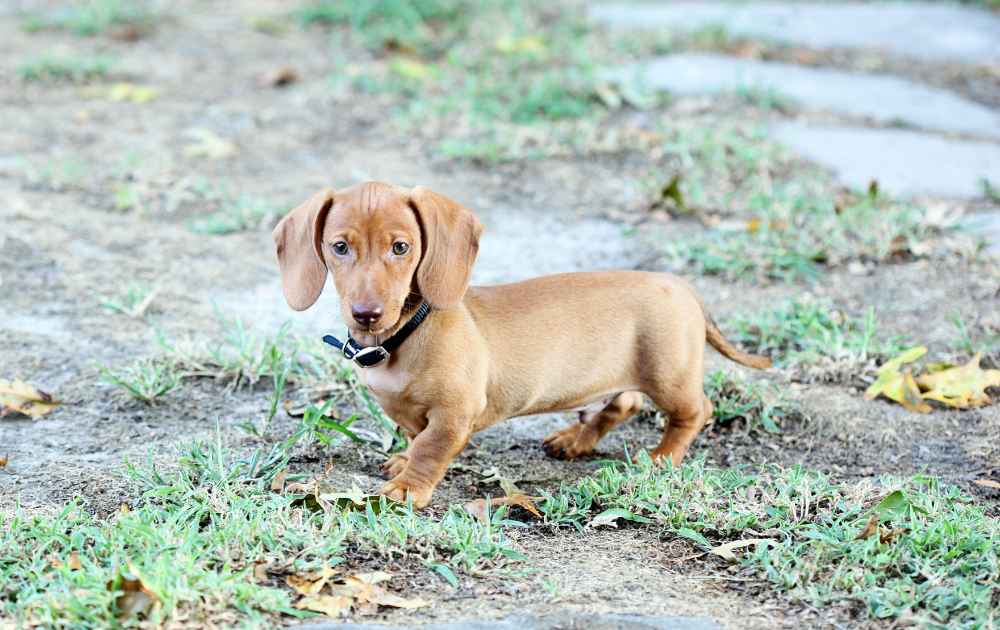
Remember that each Dachshund puppy is unique, and individual progress may vary. Some puppies may grasp potty training concepts quickly, while others may take longer to fully understand. Patience, consistency, and positive reinforcement are key during all stages of potty training.
By setting age-appropriate expectations and adapting your training approach to accommodate your Dachshund puppy’s developmental stage, you can help them develop good potty habits and navigate the potty training journey with confidence and success.
Establishing a consistent routine:
Establishing a consistent routine is a crucial aspect of successful Dachshund puppy potty training. Dogs thrive on structure and predictability, and having a set routine helps them understand when and where they should eliminate. Create a schedule for feeding, playtime, and bathroom breaks, and stick to it as closely as possible. Take your Dachshund puppy to its designated potty area at regular intervals throughout the day, such as after meals, naps, play sessions, and waking up in the morning. Consistency reinforces the desired behavior and helps your puppy develop a sense of predictability, making the potty training process smoother and more effective. By establishing a consistent routine, you provide a solid foundation for your Dachshund puppy to develop good potty habits and maintain a harmonious living environment.
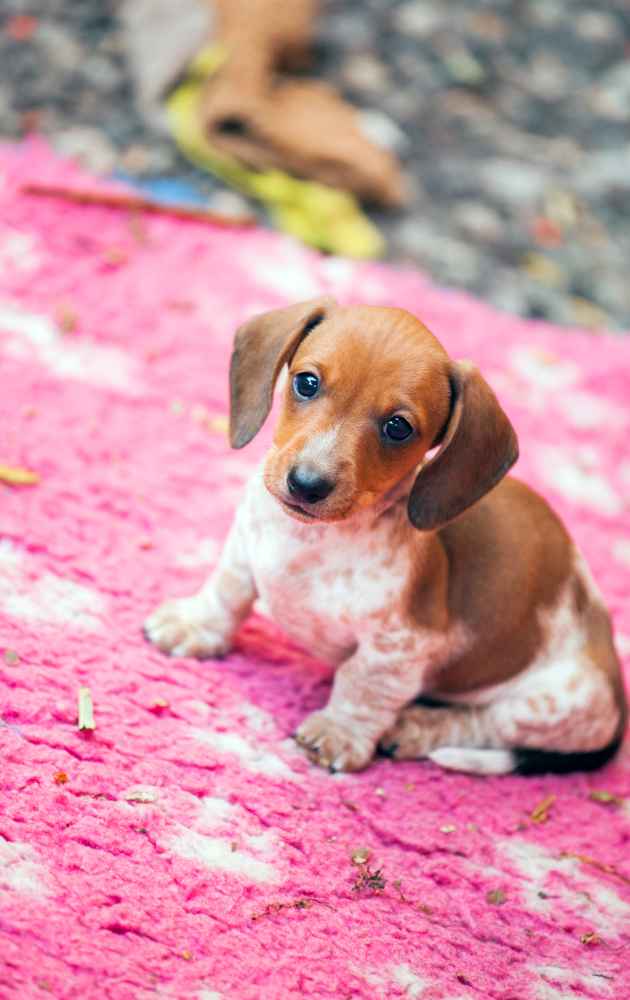
Choosing the right potty training method:
Choosing the right potty training method is an important consideration when embarking on the journey with your Dachshund puppy. There are several approaches you can take, and finding the one that suits your puppy’s needs and your training style is crucial. Here are some popular potty training methods to consider:
Crate training
Crate training involves using a crate or a designated confined space for your Dachshund puppy when they are not supervised. Dogs naturally avoid soiling their sleeping area, so the crate becomes a valuable tool for teaching them to hold their bladder and bowel movements until taken outside. It’s important to choose an appropriately sized crate that allows your puppy to stand, turn around, and lie down comfortably.
Paper or Pad Training
This method involves teaching your Dachshund puppy to eliminate on a specific surface, such as puppy training pads or newspapers, placed in a designated area indoors. Gradually, you can move the pads closer to the door and eventually transition to outdoor potty training. This method is suitable for those who prefer an indoor option or have limited access to outdoor spaces.
Outdoor Training
This traditional method focuses on teaching your Dachshund puppy to eliminate outside in a specific potty area. It involves taking them outside consistently and rewarding them for eliminating in the appropriate spot. Verbal cues, such as “Go potty” or “Do your business,” can be introduced to associate the command with the desired behavior.
Bell Training
Bell training involves teaching your Dachshund puppy to ring a bell when they need to go outside to eliminate. Hang a bell by the door at their level and encourage them to nudge or paw at it before taking them out. Over time, they learn to associate the bell with going outside to potty.
When choosing a potty training method, consider factors such as your living situation, lifestyle, and your Dachshund puppy’s individual needs and preferences. Remember that consistency, positive reinforcement, and patience are key regardless of the method you choose. Each method has its pros and cons, so it’s important to select the one that aligns with your training goals and preferences. With the right potty training method in place, you’ll be on track to successfully teach your Dachshund puppy proper potty habits and set them up for a lifetime of good behavior.

Positive reinforcement techniques:
Positive reinforcement techniques are highly effective when it comes to potty training your Dachshund puppy. By rewarding and reinforcing desired behaviors, you can motivate your puppy to consistently eliminate in the appropriate spot. Here are some positive reinforcement techniques to incorporate into your potty training routine:
- Verbal praise: Use a happy and enthusiastic tone of voice to praise your Dachshund puppy immediately after they eliminate in the designated potty area. Say phrases like “Good job!” or “Good potty!” This positive verbal reinforcement helps them associate the act of eliminating in the right spot with praise and approval from you.
- Treats: Offering small, tasty treats as rewards is a powerful motivator for your Dachshund puppy. Have a stash of treats readily available during potty training sessions. When your puppy successfully eliminates in the designated area, promptly give them a treat and praise them. Choose treats that your puppy finds especially enticing and reserve them exclusively for potty training rewards.
- Physical affection: Alongside verbal praise and treats, provide physical affection such as gentle petting or a belly rub to further reinforce the positive behavior. The combination of verbal praise, treats, and physical affection helps create a positive association with the act of eliminating in the right place.
- Timing is crucial: It’s essential to deliver rewards and praise immediately after your Dachshund puppy finishes eliminating in the appropriate spot. Timing is key for them to make a clear connection between the behavior and the reward. Delayed reinforcement may confuse your puppy and make it harder for them to understand what they are being rewarded for.
- Consistency: Be consistent in using positive reinforcement techniques throughout the potty training process. Every time your Dachshund puppy successfully eliminates in the designated area, provide verbal praise, treats, and physical affection. Consistency helps reinforce the desired behavior and accelerates the learning process.
Remember that positive reinforcement focuses on rewarding and encouraging the desired behavior rather than punishing mistakes. Avoid scolding, yelling, or punishing your Dachshund puppy for accidents or mistakes during the potty training process. Negative reactions can create fear, anxiety, and confusion, hindering their progress and causing setbacks
With these essential elements of Dachshund potty training under your belt, you’ll feel confident and ready to tackle the training process with ease!
In the upcoming section, we’ll delve into the fun stuff – setting up a special potty zone and selecting the perfect training gear. Let’s get started!
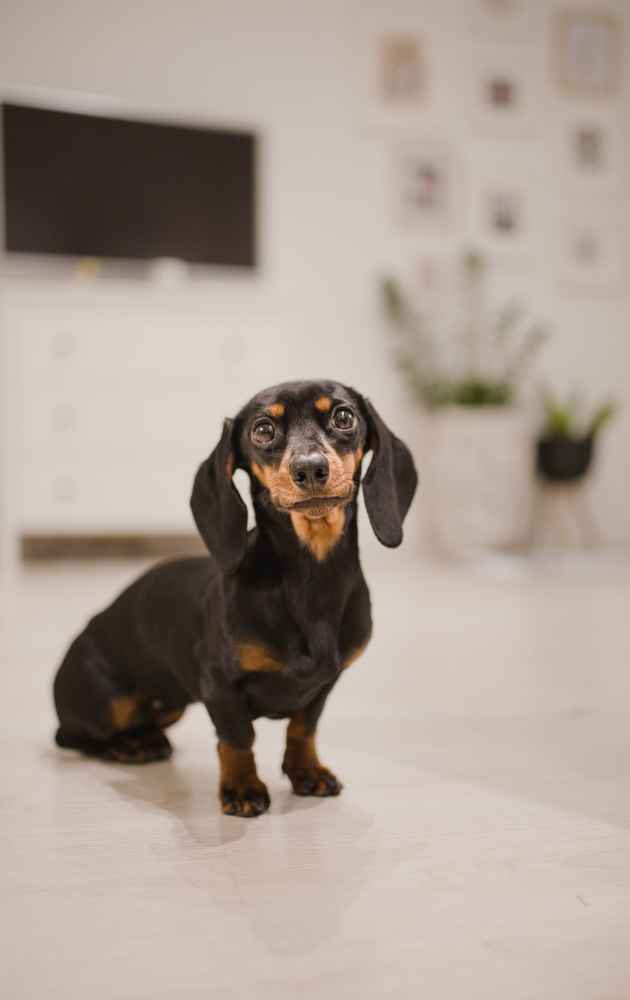
Tips for Successful Dachshund Potty Training
Potty training your Dachshund puppy can be a rewarding and successful experience with the right approach. Here are some valuable tips to enhance the effectiveness of your training efforts:
Patience, consistency, and positive reinforcement
Potty training takes time and patience. Be consistent with your training routine and positive reinforcement techniques. Remember to reward your Dachshund puppy each time they eliminate in the designated area. Positive reinforcement creates a positive association and motivates them to continue the desired behavior.
Incorporate regular exercise and playtime
Providing your Dachshund puppy with regular exercise and playtime helps stimulate their metabolism and promotes healthy potty habits. Engage in activities that keep them active and mentally stimulated. A tired puppy is more likely to have a relaxed bladder and be receptive to potty training.
Supervise closely during the free-roaming time
When your Dachshund puppy is allowed free-roaming time in the house, it’s important to supervise them closely. Keep an eye on their behavior and watch for signs that they may need to go potty. If you notice any indications, immediately guide them to the designated potty area.
Be consistent with the designated potty area
Establishing a consistent potty area is crucial for training success. Avoid changing the location during the training process, as it may confuse your Dachshund puppy. Consistency helps them form a strong association between the area and the act of eliminating.
Seek professional help if needed
If you encounter persistent difficulties or challenges in potty training your Dachshund puppy, consider seeking guidance from a professional dog trainer or behaviorist. They can provide personalized advice and techniques to address specific issues you may be facing.
Remember, every Dachshund puppy is unique, and the potty training process may vary. Stay patient, be consistent, and celebrate each milestone along the way. With time, dedication, and positive reinforcement, your Dachshund puppy will become a well-trained and happy companion when it comes to potty habits.

FAQ:
How long does it take to potty train a Dachshund puppy?
Potty training a Dachshund puppy can take a few weeks to a few months. Consistency, patience, and positive reinforcement can help accelerate the process. Set your puppy up for success with a structured training routine and attention to their needs.
Are Dachshund puppies hard to potty train?
Training Dachshund puppies to use the potty can be challenging due to their independent and stubborn nature, but with patience and positive reinforcement, it’s possible. Establish a consistent routine, supervise your puppy closely, and provide appropriate guidance to help them develop good potty habits. With the right approach, you can successfully train your Dachshund puppy.

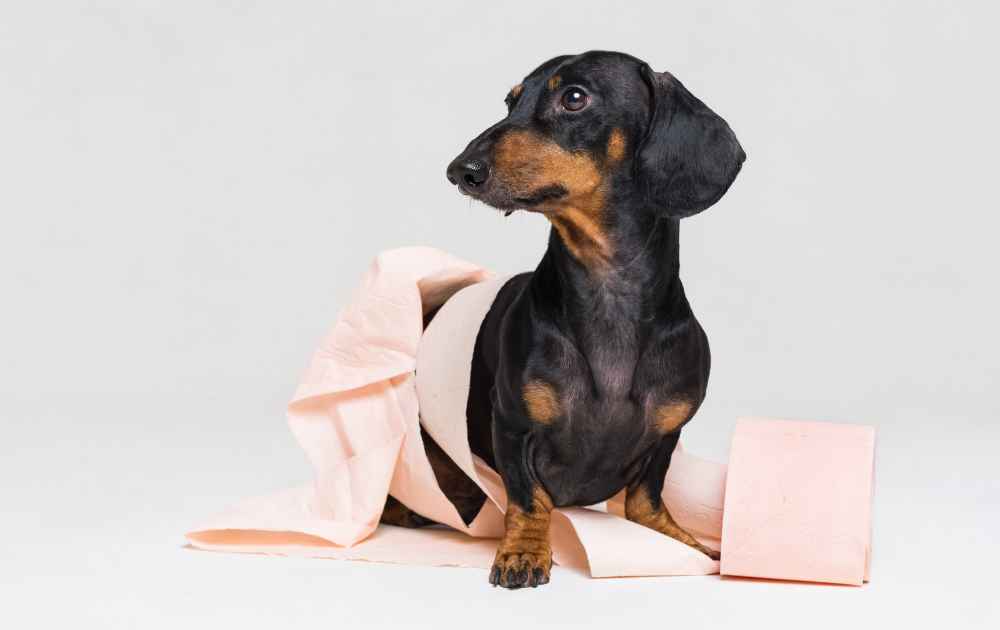
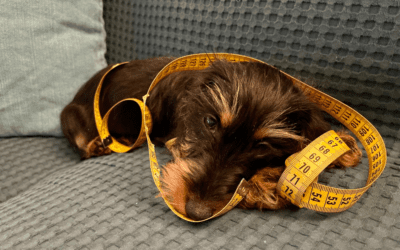


0 Comments